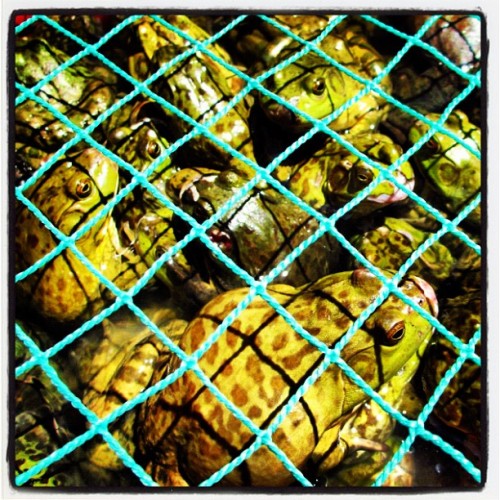To me, driving in South Korea isn't that different from other countries. The rules of the road are close to what I've seen in the USA, with some specificities and difficulties due to the fact that the signs often come with messages in Korean that you don't always have time to decipher.
Driving in Busan, however, does not make things easier. From what I have heard, the local drivers are considered the worst in the country. There is a Korean saying that if you are able to drive in Busan, you can be a cab driver anywhere in the world. And if you are a cab driver in Busan, then you can be a racecar driver.
The drivers here are indeed (very) impatient, the rules are not always respected, the speed is often excessive, drivers will rarely slow down to let you change lanes, and it seems like the honking never stops. Blinkers are not used to indicate that you're going to change lanes, but to celebrate when you've made it, my brother-in-law once explained to me jokingly. Not so different from any big city of the world, one might say. But it is true that driving in Busan remains a rather trying exercise, especially for beginners, and you need to be extra vigilant at all times.
Many drivers stick a "초보운전" ("novice driver") sticker on the back of their car to warn of their lack of experience. However, this may backfire and lead other motorists to honk the horn even more, putting more pressure on the poor beginners who definitely don't need it.
 |
| "초보운전" = "novice driver" |
When it comes to road safety, I am sometimes surprised to see situations in Korea that would be unthinkable in Europe or North America. It is not uncommon, for example, to see very young children sitting in the passenger seat, or sometimes on the lap of the front passenger. When they are in the back seat, they do not always wear seatbelts (buckling up in the rear seats has only been mandatory for a few years). A large number of 2-wheelers (mostly delivery drivers) do not wear helmets and simply ignore the rules of the road (running red lights, driving on the wrong side of the road or on the sidewalks. “Just like in Paris”, you might say. Not untrue, only it's much worse here). Another scourge, in my opinion,which isn’t surprising in a hyper-connected country, is the number of drivers using their phones while driving, either to make calls and send texts or even to watch videos while driving. I imagine that it is difficult for the police to fight against this, knowing that the vast majority of cars here have tinted windows (I will write more about that later). So it's hard to know who's doing what behind the wheel.
Just one more (very important) thing: in Korea, as in some parts of the USA that I have visited, cars have priority over pedestrians. True, the law says the opposite. On this site, which gives information in English about driving in Korea, we’re told that: "the road belongs to pedestrians, not vehicles. The principle of pedestrian priority is also stipulated in the law. Drivers should drive as though all pedestrians were their family and friends." But in practice, pedestrians always have to yield to cars. It is also common to see cars parked on crosswalks or sidewalks: pedestrians just have to go around them.
It took me some time to get used to this as a pedestrian (and I still find it quite unpleasant) but also as a driver. When I’m driving, I sometimes have to force myself not to stop for a pedestrian, which could be dangerous since none of the motorists around me expects me to do something so incongruous. That said, drivers also have to be careful of pedestrians, especially the many "smombies" or "smartphone zombies" who cross without looking. There are more and more pedestrian traffic lights embedded in the sidewalks, allowing those walking with their eyes glued to their phones to know when to cross or not, but it is not always enough to stop the smombies.
So much for my preliminary remarks on driving in Korea and Busan. The question now is how to deal with traffic lights, intersections, lane changes, and roundabouts, to name but a few of the problems I have encountered. This will be the subject of my next post.









































